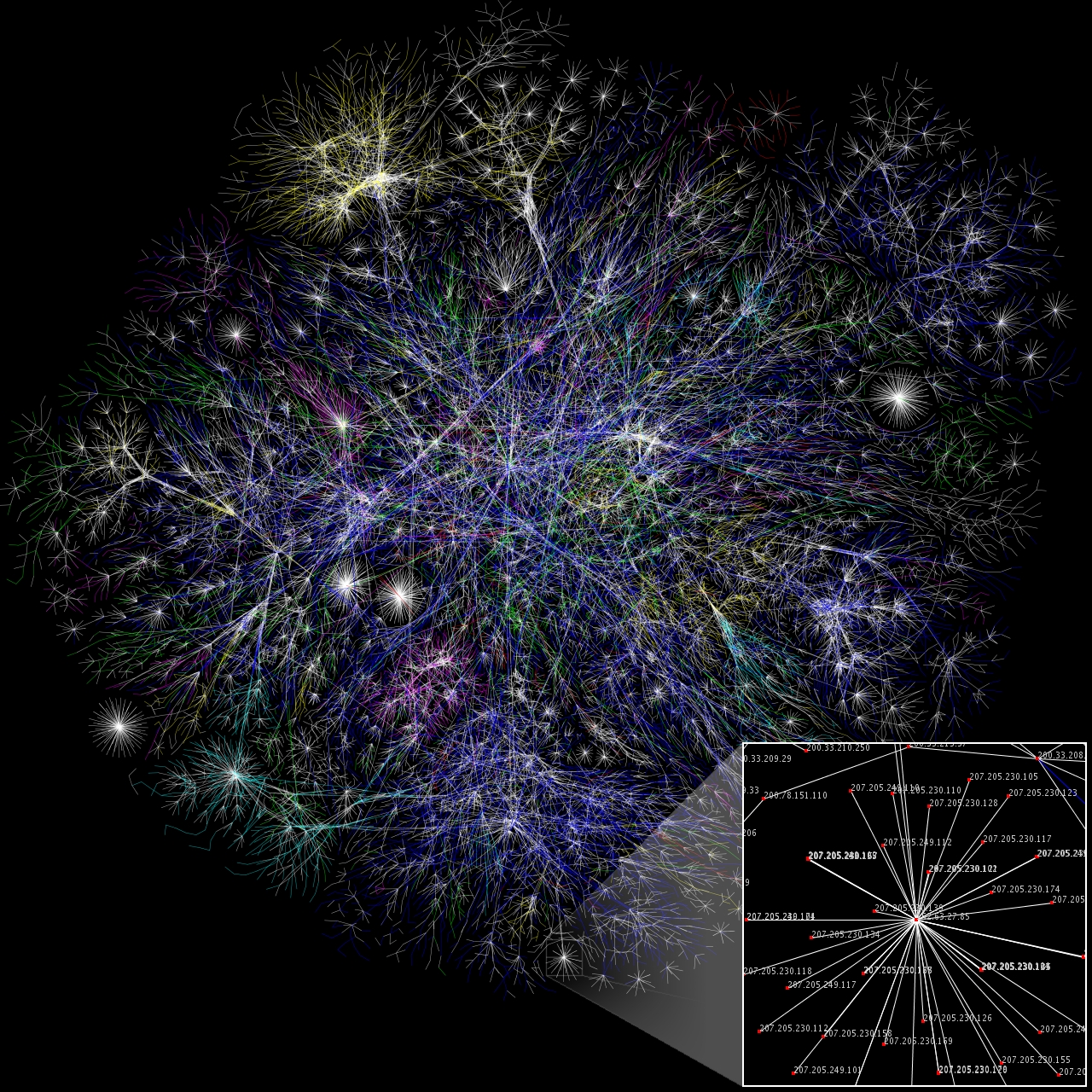Six Degrees of Separation: Fact or Fiction?

The idea that anyone on the planet is connected to any other person through a chain of acquaintances with no more than five links (six degrees) has been referred to as "six degrees of separation" as well as the "small world" phenomenon.
Since its inception in 1929 when Hungarian writer Frigyes Karinthy described the theory in his short story "Chains," this cozy world view has become enshrined in both pop culture and principles of sociology.
A movie carries the "six degrees" name and a game also sprouted up. Called "Six Degrees of Kevin Bacon," the game is based on the idea that any actor or actress can be linked back to Bacon within six steps.
In 1967, psychologist Stanley Milgram conducted the seminal experiment in which he sent packets to hundreds of individuals in Kansas and Nebraska, who were told the ultimate goal was to get the packages to one of two "targets" living in Boston. They had to send the packet to a friend who would then send it on to another friend and so on. The results showed within an average of six acquaintances, the target (final member of chain) was reached.
Scientists have since found Milgram's data to be weak, for one, because only a few dozen chains were ever completed. So the seemingly "universal" phenomenon might not be universally valid.
In the first large-scale test of the six degrees hypothesis, called the Small World project, scientists from Columbia University in New York had participants send e-mails to acquaintances with the goal of eventually reaching one of the listed targets. Results, published in 2003 in the journal Science, showed the targets were reachable in five to seven steps. However, many of the chains terminated prematurely, which the scientists attribute to lack of incentive by individuals to reach a target.
Follow Life's Little Mysteries on Twitter @llmysteries. We're also on Facebook & Google+.
Get the world’s most fascinating discoveries delivered straight to your inbox.
Jeanna Bryner is managing editor of Scientific American. Previously she was editor in chief of Live Science and, prior to that, an editor at Scholastic's Science World magazine. Bryner has an English degree from Salisbury University, a master's degree in biogeochemistry and environmental sciences from the University of Maryland and a graduate science journalism degree from New York University. She has worked as a biologist in Florida, where she monitored wetlands and did field surveys for endangered species, including the gorgeous Florida Scrub Jay. She also received an ocean sciences journalism fellowship from the Woods Hole Oceanographic Institution. She is a firm believer that science is for everyone and that just about everything can be viewed through the lens of science.



